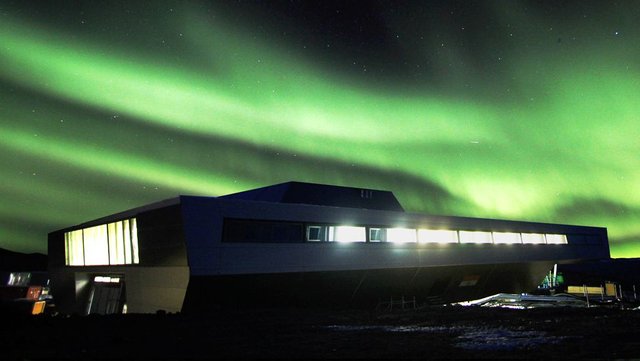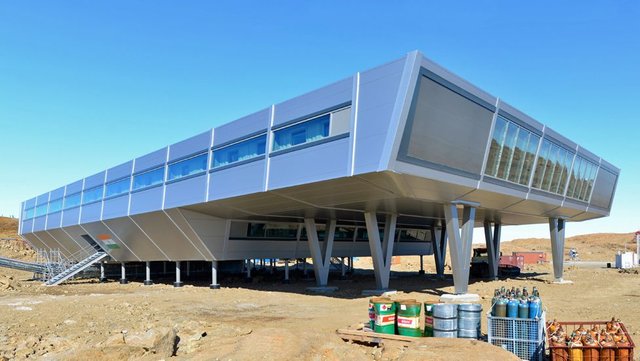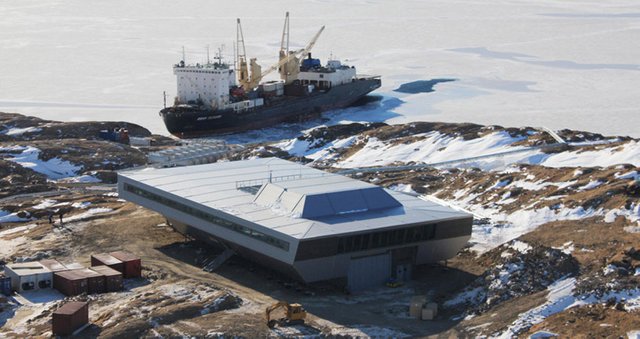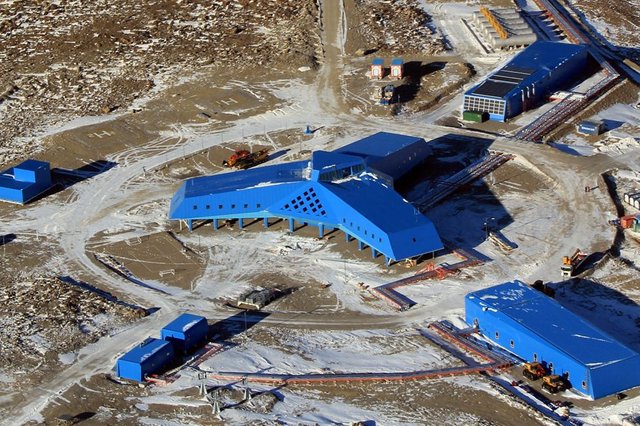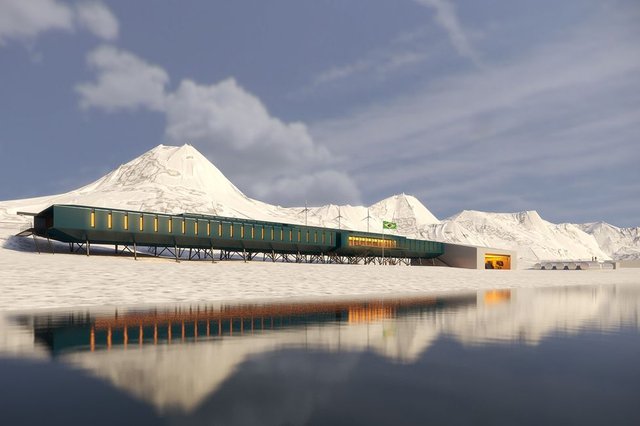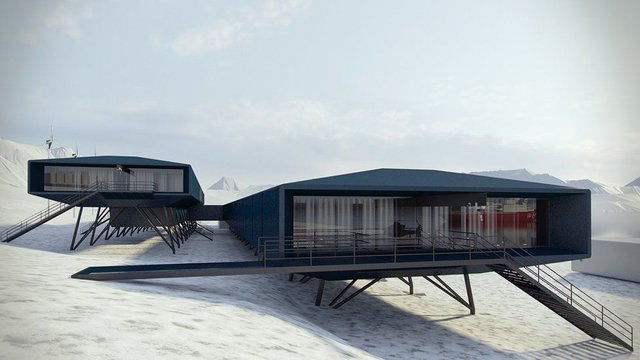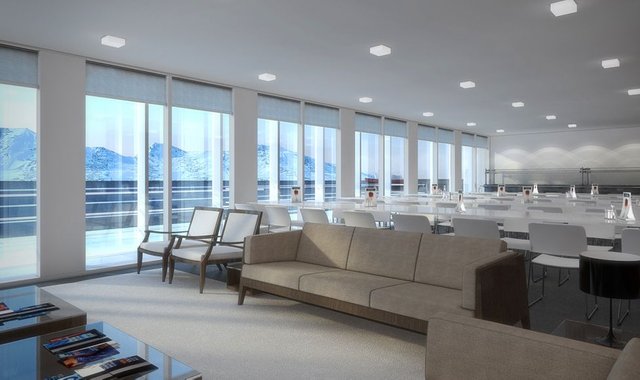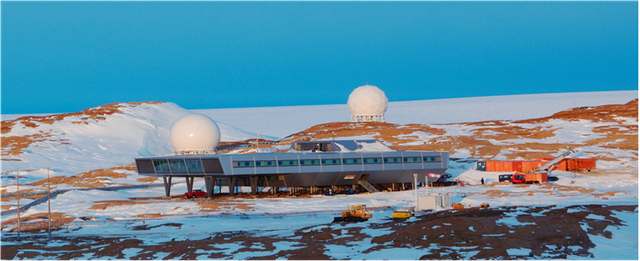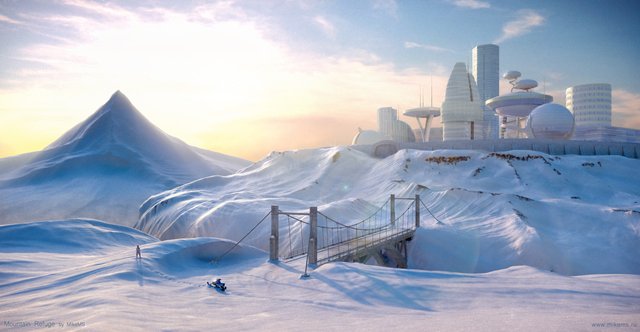The Next Generation of Antarctic Stations: Living and Working on the Last Unsettled Continent! (Patreon)
Content
You may recall that I've covered the dizzying variety of Antarctic research stations in the past. On more than one occasion, in fact. Looks like I'm not done, and that Antarctica is becoming increasingly populated!
That's good news from the perspective of a futurist. Who hasn't dreamt of Antarctic cities? Bad news, though, from the perspective of a conservationist. Should we really look forward to the despoilment of a currently pristine wilderness? Albeit an admittedly barren, frigid one.
Human beings just don't stay where nature wants them to. It's one of our most endearing character flaws, as a species. From the ISS, to Aquarius Reef Base, to domed private homes in the Arctic circle, we have an unquenchable passion for venturing outside of our comfort zone to explore and conquer new vistas.
Of course, oil has a lot to do with it. Antarctica is estimated to contain 200 billion (with a b) barrels of oil. That's to say nothing of the as yet unexploited mineral wealth of a continent totally untouched by industry. Understandably, everybody and their dog wants a piece of that action.
That's the reason behind Russia's military overtures in recent years, but this is only an overt demonstration of intent. Every Antarctic treaty signatory country has the same idea, they've just staked their claim in a more diplomatic fashion: Building expensive, futuristic research bases.
Bharati Station is one such outpost. Actually India's third so far, it was built from shipping containers, houses 65, and cost a cool 100 million. Though very attractive, it pales in comparison to Amundsen Scott South Pole Station, which houses 250. Or McMurdo for that matter, which houses over 1,000.
Nevertheless an impressive accomplishment, and the necessary infrastructure for continuous occupation required to lay legitimate claim to the land it's on when (and if) the Antarctic treaty preventing oil and mineral extraction is allowed to expire without renewal in 2048.
South Korea's also getting in on the action with their Jang Bogo station, which supports a crew of 60. I've featured concept art of this station in articles before, it's sort of sobering to see it actually built. Especially considering how dramatic, ambitious and otherworldly the design is.
Brazil is not to he counted out either, with their upcoming Comandante Ferraz Antarctic research station. This design was the winner of an architectural competition in 2012 intended to produce designs for a replacement for the prior Brazilian Antarctic base, which was lost to a fire.
Scheduled to be completed in 2018, the Comandante Ferraz station is the work of Chinese defense contractor CEIEC and shares the geometric outer skin of many of the other stations discussed in the past, the purpose of which is to deflect wind in a way which minimizes loss of heat and stress on the structure.
Mixed feelings about the geopolitical significance of these structures aside, it's difficult not to envy the scientists who will live and work in them. To enjoy such beautiful and well appointed accommodations despite being in one of the least hospitable locations on Earth must be a uniquely cozy, privileged feeling. Just imagine sipping cocoa as you look out across the lethally cold, bleak landscape through panoramic windows.
What is the future of humans living on Antarctica? Is there one? Should there be? As the ice melts, will we not look to the final unsettled frontier on Earth as living space, a new supply of crucial resources and possibly a new country unto itself? It is not difficult to imagine that conflict will arise in 2048 over who ultimately controls this continent.
For my part, I hope it manages to separate itself from whichever global power seeks to claim it all by then. Perhaps it will become a new land of the free to replace the one that we lost following the most recent election, boasting cities resembling these (by then) venerable ancestral outposts.
There may come a generation which was born in Antarctica. Living, going to school and working in buildings elevated up off the ice on supports. Wrapped in faceted geometric wind deflection skins, interconnected by insulated enclosed corridors.
Is this dream incompatible with the hope that Antarctica remain unspoiled? Only if one assumes that humans invariably ruin everything we touch. But the research coming out of these very bases is, even now, informing us as to how we can mature into better stewards of the environment.
I don't think it too audacious to hope that by the time Antarctica is dotted with cities, they will be powered in a way which does not harm the climate. That the technology necessary to settle such an inhospitable place will overlap greatly with the technology needed to do so in a way which does not ruin it.
